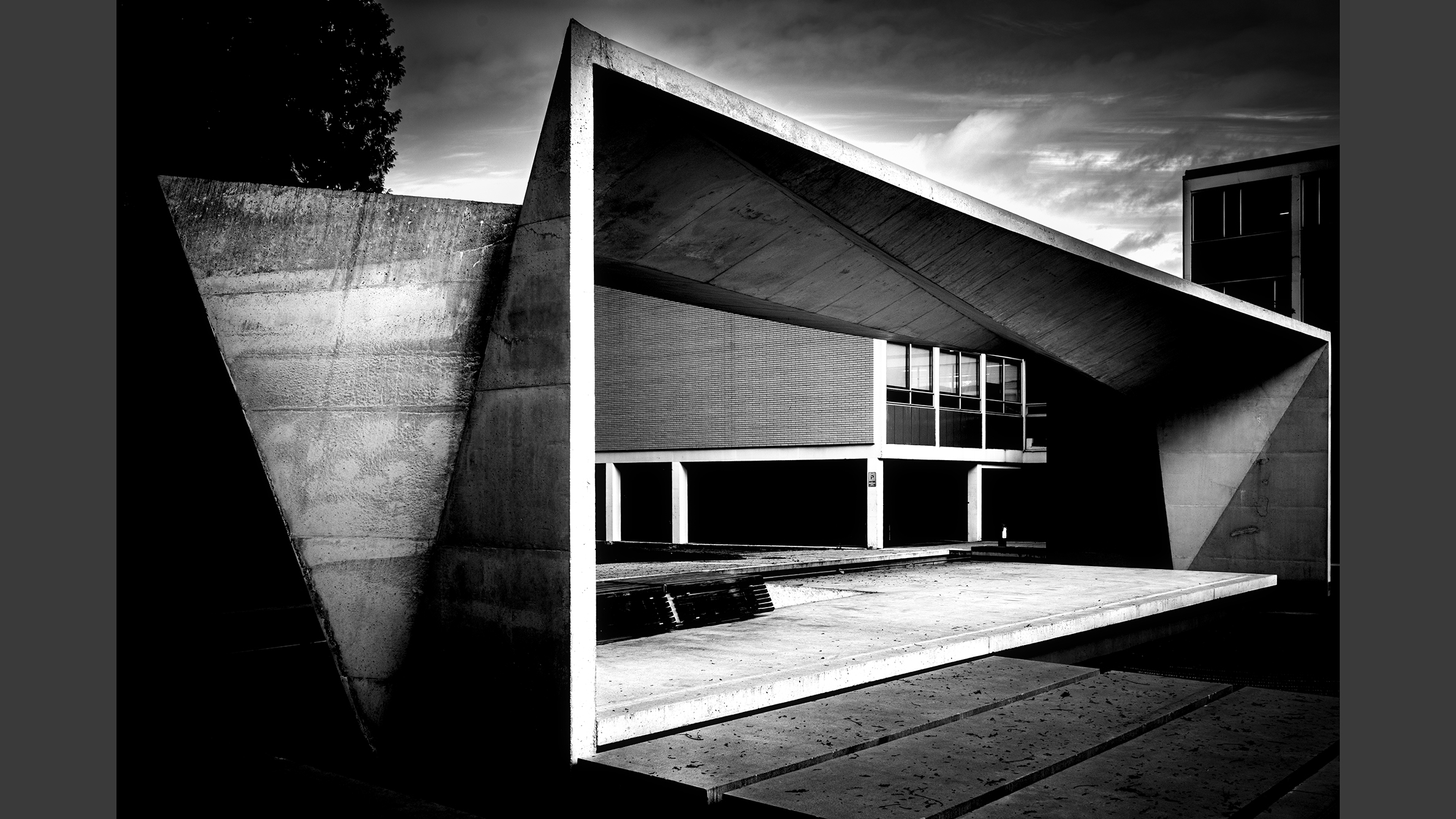Sony FX30 vs ZV-E10
The Sony FX30 and ZV-E10 are both APS-C mirrorless video cameras aimed at ambitious content creators
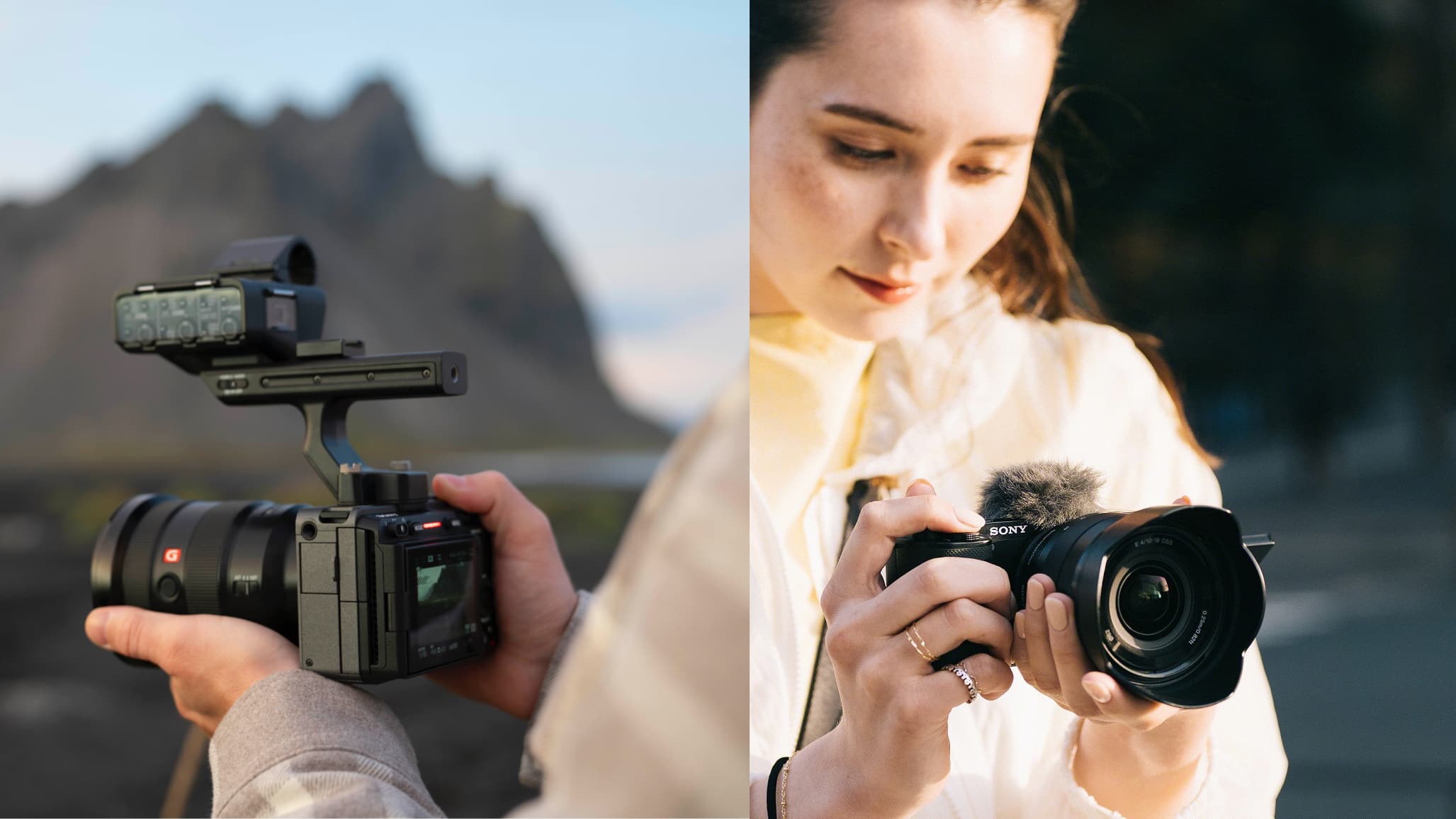
Sony makes two video-centric APS-C mirrorless cameras: the new Sony FX30 and the much cheaper ZV-E10. The price points and features are very different, but both cameras are designed for content creators and both can capture 4K video, both have vari-angle screens and both use Sony’s extensive range of E-mount and FE-mount lenses.
In fact, the cheaper Sony ZV-E10 boasts some great vlogging features, including a clip on microphone wind shield for outdoor shooting, a ‘product showcase’ AF mode, a quick background blur feature and an optional shooting grip/tripod/remote accessory.
So why would you choose the much more expensive Sony FX30 instead? Let’s run through some key specifications to get the full picture.
Sony FX30 vs ZV-E10
Why you can trust Digital Camera World
1. Sensor size and lenses
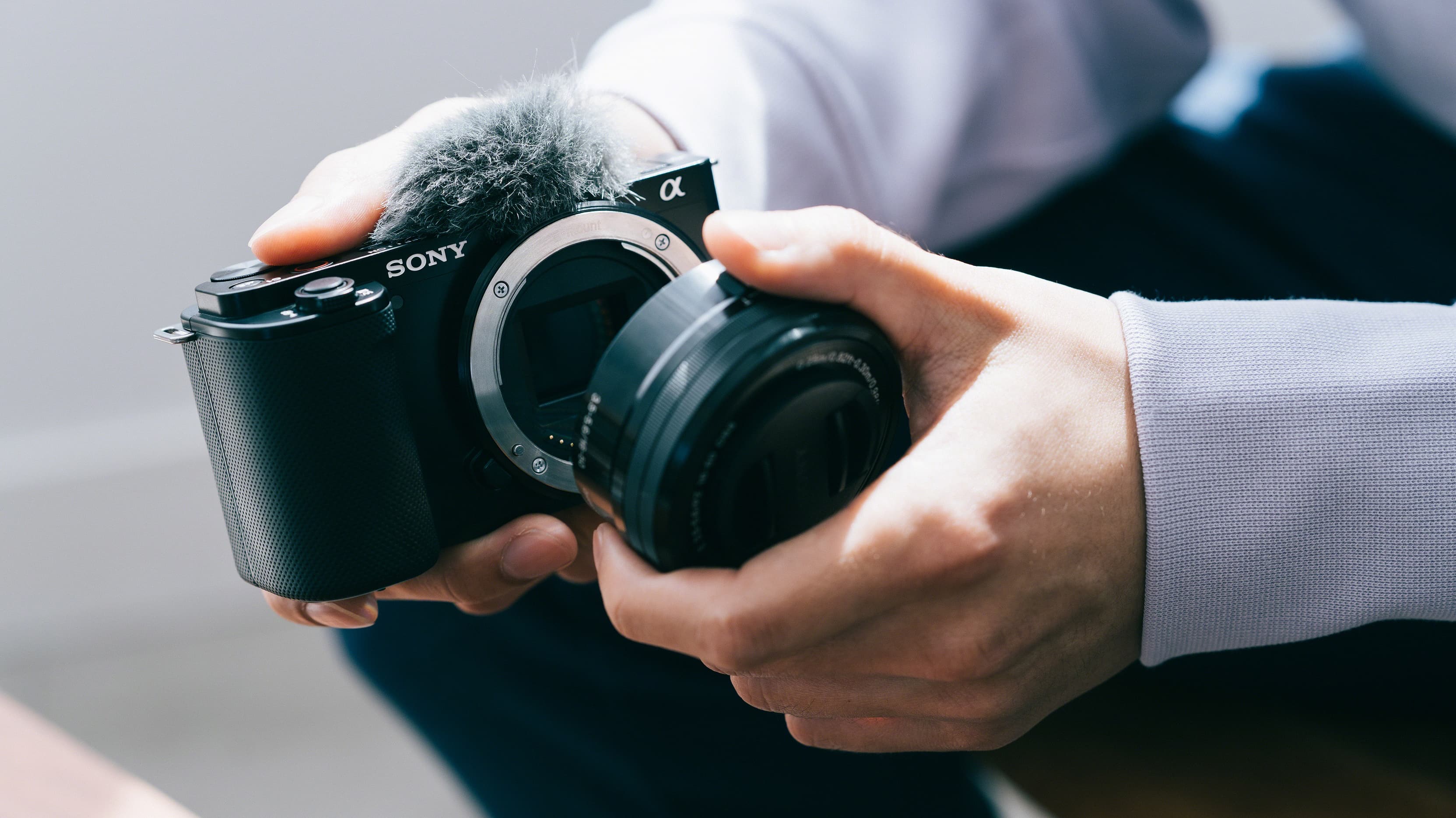
• Sony FX30: APS-C (Super35)
• Sony ZV-E10: APS-C
Both of these cameras have APS-C sensors (also known as Super35 in video circles). However, the sensor in the FX30 is much newer and faster and matched up with a powerful BIONZ XR processor – it has dual native ISO capability. What this means is that it supports much faster video frame rates and quality, should deliver much lower noise levels at high ISO settings and should also produce less rolling shutter than the older, slower sensor in the ZV-E10. This is a variant on a sensor that Sony has been using for a number of years in its APS-C cameras. It’s still perfectly adequate for vlogging, but outgunned by the FX30’s sensor for more advanced filmmaking.
2. Resolution
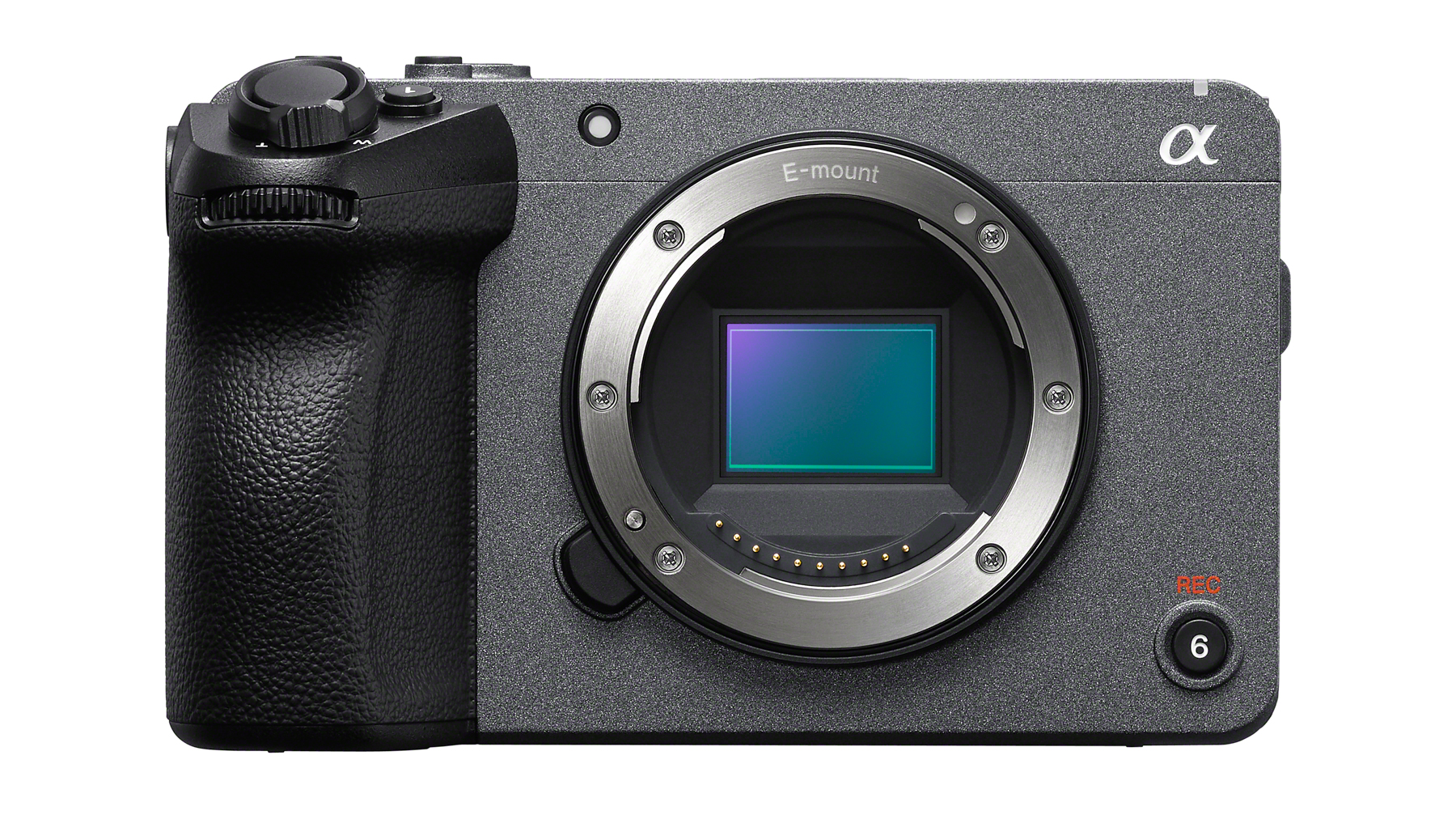
• Sony FX30: 26MP
• Sony ZV-E10: 24.2MP
The two sensors are very close in outright resolution. The FX30 has a very slight advantage with 26MP rather than 24MP in the ZV-E10, but it’s not enough to make a significant difference for stills photography, and since both cameras ‘oversample’ the full sensor data to produce 4K video, it has no practical impact here, either.
3. ISO range
• Sony FX30: ISO 100-32,000, dual base ISO 800, 2,500
• Sony ZV-E10: ISO 100-32,000
On paper, these cameras have exactly the same ISO range. However, we would expect the newer FX30 to produce much better quality at higher ISO settings, due partly to its newer design and BIONZ XR processor, and partly its dual base ISO capability.
4. Video resolution and frame rates
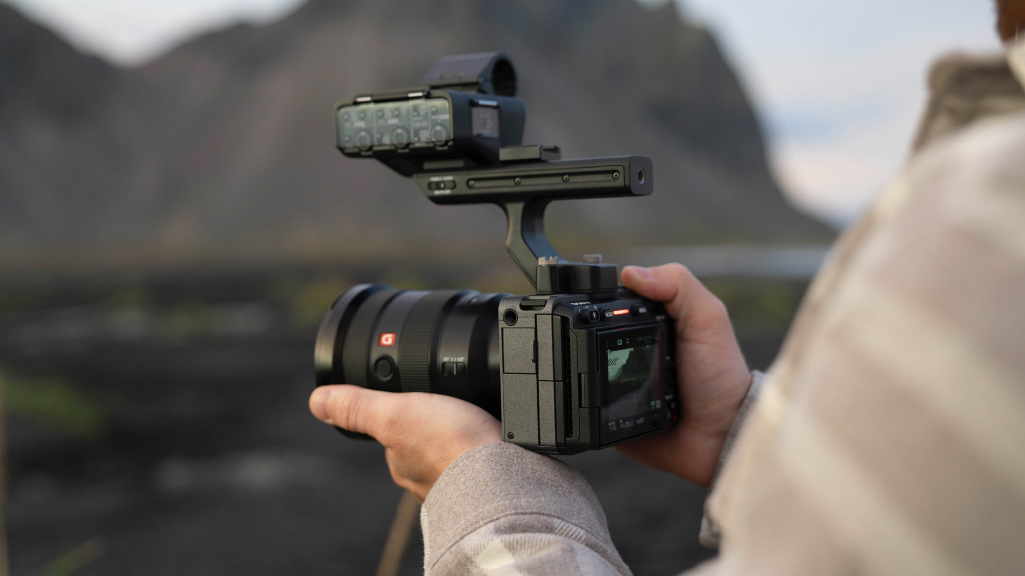
• Sony FX30: 4K UHD up to 120p (1.6x crop), FHD 240p
• Sony ZV-E10: 4K UHD up to 30p, FHD 120p
Both cameras capture 4K video, but at very different frame rates. The Sony ZV-E10 tops out at 30fps, so you can’t capture slow motion in 4K, but the FX30 can go right up to 4K 120p (albeit with a 1.6x crop at this speed). Both cameras can go even faster in full HD, but where the ZV-E10 has a maximum of 120fps in full HD (that’s a 4x slow motion effect), the FX30 can go up to 240p. The FX30 is a much better camera for slow motion.
5. Internal recording quality
• Sony FX30: 4:2:2 10-bit up to 600Mbps
• Sony ZV-E10: 4:2:0 8-bit up to 100Mbps
It’s not just about resolution and frame rates. Video capture uses compression to keep file sizes manageable, notably in terms of color depth and bit depth. The ZV-E10’s 8-bit 4:2:0 capture is adequate for footage that can be used straight from the camera, but if you need to do any video editing or color grading later, the quality could quickly fall away. It’s like editing a camera JPEG. The FX30, however, can capture much higher quality 10-bit 4:2:2 video internally, which will be far more robust for color grading later, especially if you use the S-Log3 profile for maximum dynamic range and editing headroom. (The FX30 also offers practically unlimited recording times.)
6. Storage

• Sony FX30: 2x SD UHS-II/CFexpress Type A
• Sony ZV-E10: 1x Memory Stick Duo/SD UHS-I
These two cameras’ storage systems reflect their very different capabilities. The ZV-E10 has a single SD card slot which doesn’t even support UHS-II speeds, so that is just as much a quality/performance bottleneck as its veteran sensor. The FX30, however, has twin UHS-II card slots which also take the even faster CFexpress Type A format. The FX30 can shoot faster, record faster and at much better quality settings.
7. Stabilization
• Sony FX30: IBIS with Active DIS and gyro DIS in post production
• Sony ZV-E10: Active DIS and gyro DIS in post production
The Sony FX30 has an in-body stabilization but the ZV-E10 does not. We won’t hold that against the ZV-E10 too much because Sony’s IBIS systems are useful for stills but not – in our experience – particularly effective at video stabilization. Both cameras have Sony’s ‘Active’ digital stabilization system and its new and very effective gyro stabilization system, though this does add another step to your editing workflow.
8. LCD
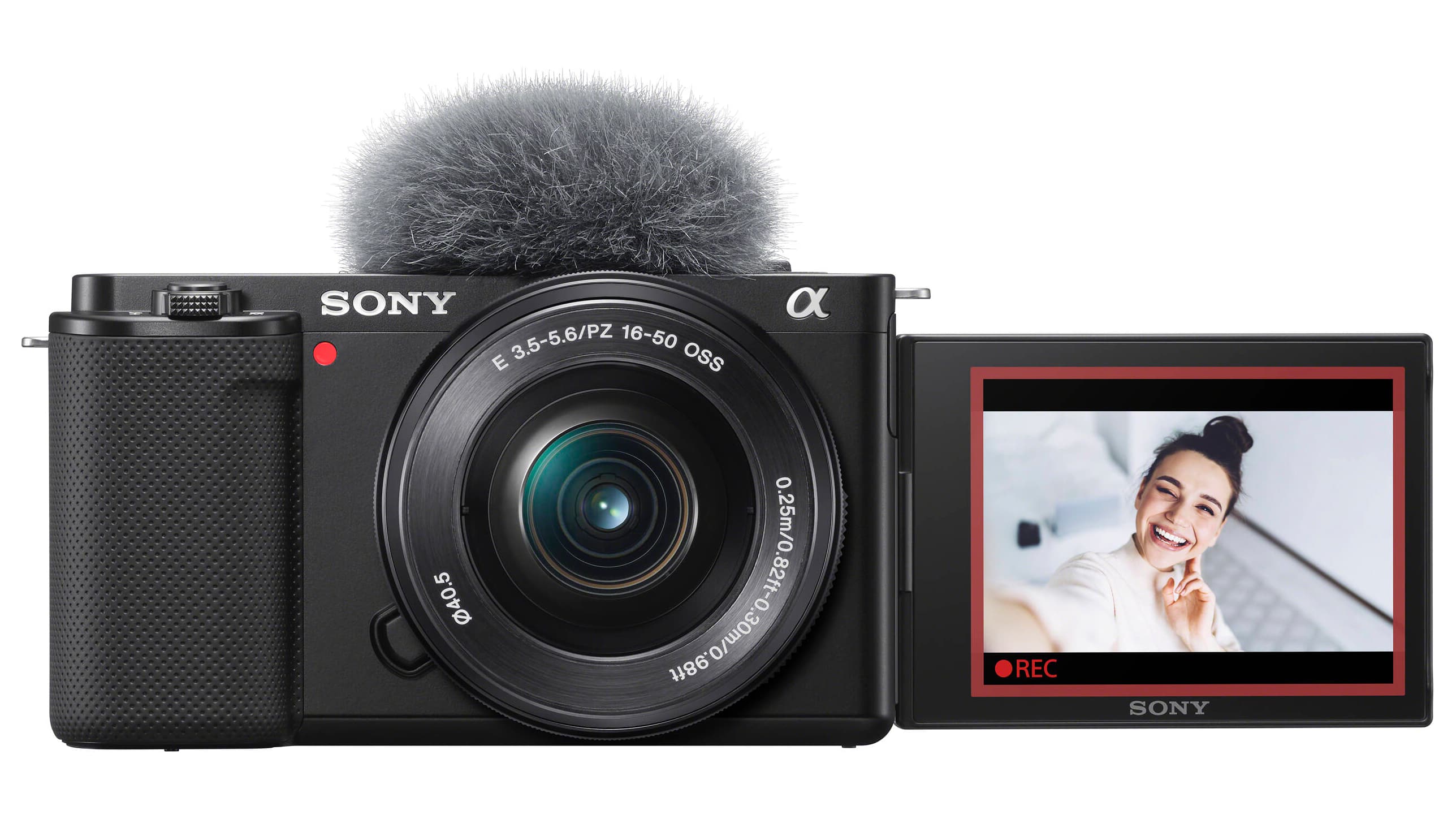
• Sony FX30: 3-inch vari-angle, 2.36m dots
• Sony ZV-E10: 3-inch vari-angle, 921k dots
Neither camera has an electronic viewfinder and both have a 3-inch flip-out vari-angle rear screen. The FX30’s screen has more than twice the resolution of the ZV-E10’s, but 921k dots is pretty good anyway, and you may not notice a huge difference. Both are rather susceptible to reflections and glare in bright light.
9. Connectivity
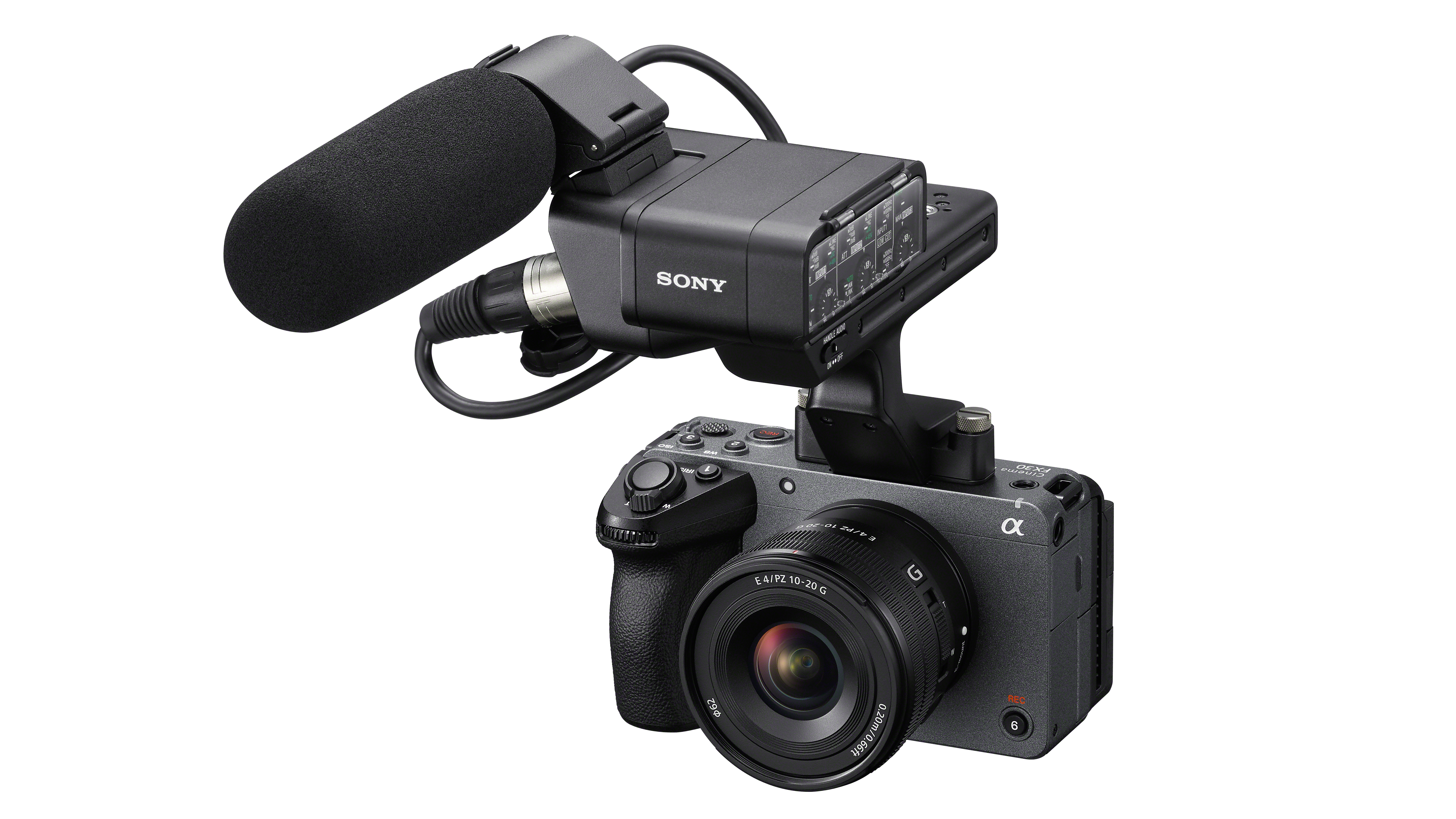
• Sony FX30: Full size HDMI, USB-C, Multi/Micro USB, mic, headphone
• Sony ZV-E10: HDMI, USB-C, mic, headphone
Keen filmmakers will welcome the full size HDMI port on the FX30, but both cameras have microphone and headphone ports. The real difference lies with the FX30’s physical connections. First, it has five mounting points n the body for attaching accessories. Second, it takes a clip on handle/XLR mic adaptor, which itself has a further three mounting points. The FX30 is far better designed for use with external recorders, microphones and lights.
10. Size and weight
• Sony FX30: 129.7 x 77.8 x 84.5mm, 646g (body only with battery and card)
• Sony ZV-E10: 115.2 x 64.2 x 44.8mm, 343g (body only with battery and card)
The ZV-E10 is significantly smaller than the FX30 and barely more than half the weight. That doesn’t tell the whole story, though, because you also have to attach lenses, of course, and Sony’s better lenses can weigh as much as or more than either of these bodies – so any difference in size and weight between these two cameras can quickly become immaterial. Indeed, the FX30’s extra size and grip can make it much nicer to use with premium lenses.
Sony FX30 vs ZV-E10 conclusions

If you’re choosing your first mirrorless vlogging camera, the ZV-E10 is the obvious choice. It’s much less powerful than the FX30 but it does a perfectly good job for anyone just starting out, and it’s way, way cheaper. It also has some neat novice-friendly vlogging features and accessories.
But if you already know your way around a mirrorless camera and have experience of shooting video already, the FX30 is a hands-down winner. It’s more expensive than the ZV-E10 but far more powerful, and a much better choice for anyone who wants to develop their filmmaking and editing skills. The ZV-E10 is straightforward and likeable but has limited potential, whereas the FX30 opens the door to the next level of filmmaking.
Read more:
• Best cameras for vlogging
• Best cameras for filmmaking
• Best cinema cameras
• Best Sony cameras
Get the Digital Camera World Newsletter
The best camera deals, reviews, product advice, and unmissable photography news, direct to your inbox!

Rod is an independent photography journalist and editor, and a long-standing Digital Camera World contributor, having previously worked as DCW's Group Reviews editor. Before that he has been technique editor on N-Photo, Head of Testing for the photography division and Camera Channel editor on TechRadar, as well as contributing to many other publications. He has been writing about photography technique, photo editing and digital cameras since they first appeared, and before that began his career writing about film photography. He has used and reviewed practically every interchangeable lens camera launched in the past 20 years, from entry-level DSLRs to medium format cameras, together with lenses, tripods, gimbals, light meters, camera bags and more. Rod has his own camera gear blog at fotovolo.com but also writes about photo-editing applications and techniques at lifeafterphotoshop.com
